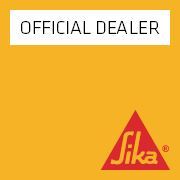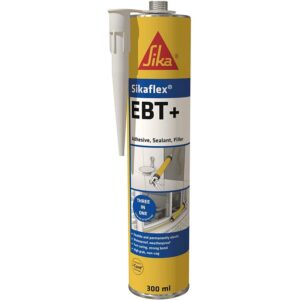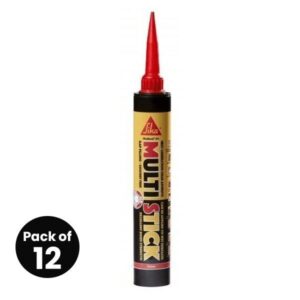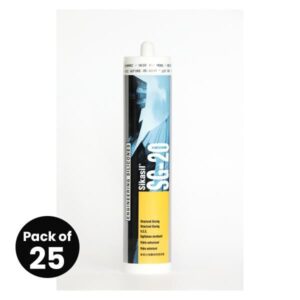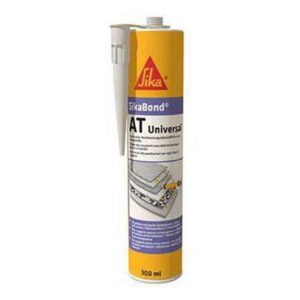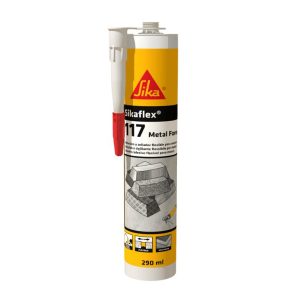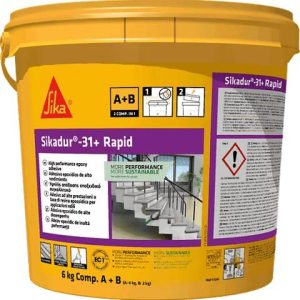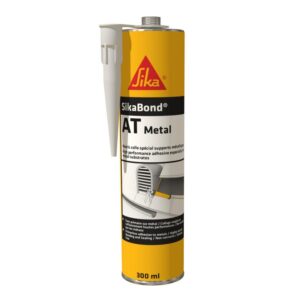What is an adhesive?
An adhesive (also commonly known as glue, paste, etc.) is broadly described as a non-metallic material used to bind together two surfaces or items. Adhesives can either be found naturally or produced synthetically – in fact, naturally occurring adhesive-like substances have been used for centuries, while the development and innovation within the field of synthetic adhesives have gained pace in the past century and continues to present day.
Adhesives are usually classified, as expected, by the method of adhesion they provide, and then split into reactive and non-reactive adhesives depending on whether or not they undergo a chemical reaction in order to harden.
What are the types of adhesives?
There are a number of adhesive types available for a variety of applications. These can be classified in a range of different ways depending on their key characteristics – adhesives can be organised based on their form (e.g. liquid, paste, tape), their type (e.g. contact, hot melt, thermosetting), their chemical makeup or their load carrying capabilities (non-structural, semi-structural, or structural).
The best type of adhesives for structural applications is, as the name suggests, structural adhesives – these are able to reduce the likelihood of voids within the adhesive, carry significant stress and are available in a variety of forms, such as pastes, liquids and supported films, the latter of which helps improve thickness control and handling.
On the other hand, for the majority of engineering applications where failure isn’t as critical, non-structural or semi-structural adhesives provide design engineers with a cost-effective means to assemble finished products. Semi- and non-structural adhesives usually come in label or tape form for lightly loaded applications, or double-sided foam tapes for an extra support boost.
Depending on the form an adhesive comes in, there are also a variety of application methods. An adhesive can be spread manually on a surface or dispensed through nozzles or other tech equipment of various levels of sophistication which are currently available in the construction industry.
What are the benefits/advantages of Sika adhesive bonding solutions?
Using adhesives has a number of advantages over other binding techniques such as thermal bonding, mechanical fastening and so on. Namely, adhesives are cost-effective and are able to bind a range of different materials together, while also allowing for a more even distribution of stress across the area where the materials join. Moreover, the use of adhesives provides better opportunities for improved design aesthetics and flexibility, and protects materials from corrosion.
One of the key advantages adhesives have to offer compared to other assembly methods is the variety of materials you can bond together – instead of being limited to bonding the same substrates (e.g. plastic-to-plastic or metal-to-metal), with adhesives you can bond virtually any two substances together, which in turns opens up your construction work to a whole range of materials and possible applications. An excellent bonding adhesive for every surface is Sika`s Multi-Stick.
What’s more, using adhesives significantly improves the stress distribution of a bond – while other types of bonding connects substrates in a singular point where the stress is then concentrated if a force is applied, adhesives bond the two materials along a whole bond line, which results in a stronger assembly and lower likelihood of fractures.
Adhesives also have a number of advantages over other bonding mechanisms when it comes to aesthetics. This way you can ensure that your construction products are not only strongly held together, but also look great – once you opt for adhesives, drill holes, protruding fasteners and weld burns will be replaced by clean, smooth lines. By doing away with applying mechanical aggression to the materials you are binding together, you can also simultaneously avoid damaging their structure, reduce manufacturing cost and make further savings on additional components like nuts and screws.
Overall, adhesives are considerably more cost-effective when compared to other assembly options, not least of all because using adhesives as a bonding technology in industrial projects helps save time, thus becoming economically beneficial. Across a number of industries, adhesives have proven to increase reliability and improve construction process, while at the same time reducing costs; Sika`s Sikaflex-EBT is the perfect building and maintenance companion. Moreover, adhesive application can be easily automated to increase the speed of fulfilling a project, while also boosting the accuracy and consistency of bonding.

